Monday Mar 17, 2025
Monday Mar 17, 2025
Tuesday, 16 January 2018 00:00 - - {{hitsCtrl.values.hits}}
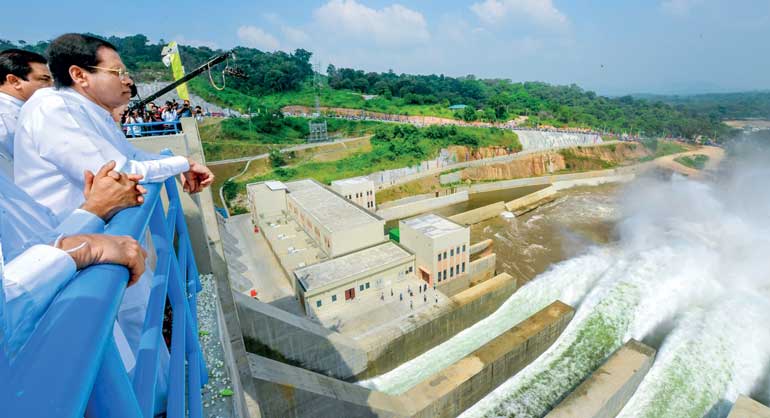
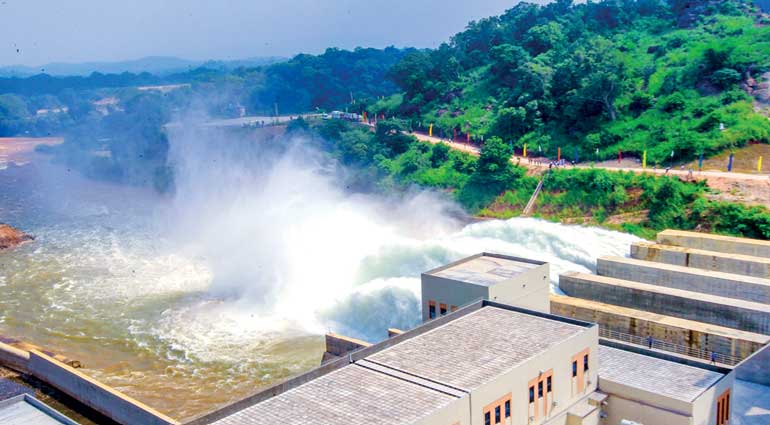
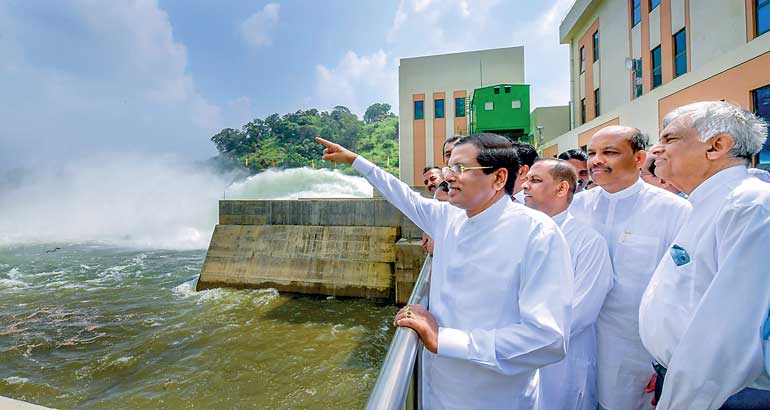
By Diana Vandort
‘I will put right development priorities that are now upside down… will prepare a program aimed at real sustainable economic development based on the natural and human resources of the country. I will implement a program to uplift the living conditions not of the magnates of capital but of toiling poor people’.
This was President Maithripala Sirisena’s vision to ensure the wellbeing of Sri Lanka’s future generations. The President’s election manifesto, Compassionate Government; Maithri; A Stable Country places much importance on the concept of sustainable development.
The Government has, therefore, successfully commenced many projects and the Moragahakanda-Kalu Ganga Irrigation Development Project can be considered as the 21st century’s irrigational wonder of Sri Lanka, which would end the sorrowful tears of farmers in Rajarata by providing solutions for their agricultural and drinking water issues.
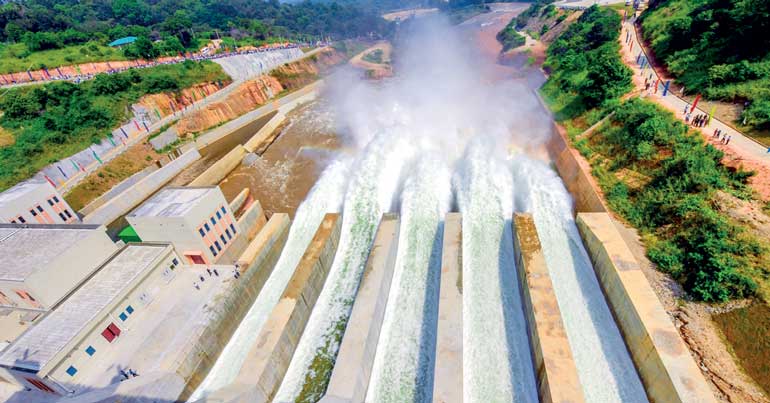
President Maithripala Sirisena had the dream to wipe out sorrowful tears of farmers pleading for water to cultivate their fields. Addressing the gathering at the ceremony to fill the water to the Moragahakanda reservoir, the President stated that ‘today is the happiest day of his life as his dream became a reality, ending the sorrowful stories of the Rajarata farmers’.
With the inauguration of the water filling to the Moragahakanda reservoir, which is the biggest multi-functional irrigation project, turned a new page in the history of irrigation of this country. The Moragahakanda reservoir, which is spread over 460,000 acres is the fourth largest reservoir in Sri Lanka. It is the largest reservoir, built in the country after 30 years. Contrary to the previous traditions the President also proposed to name the Moragahakanda Reservoir in honour of internationally renowned late Civil Engineer A. N. S. Kulasinghe.
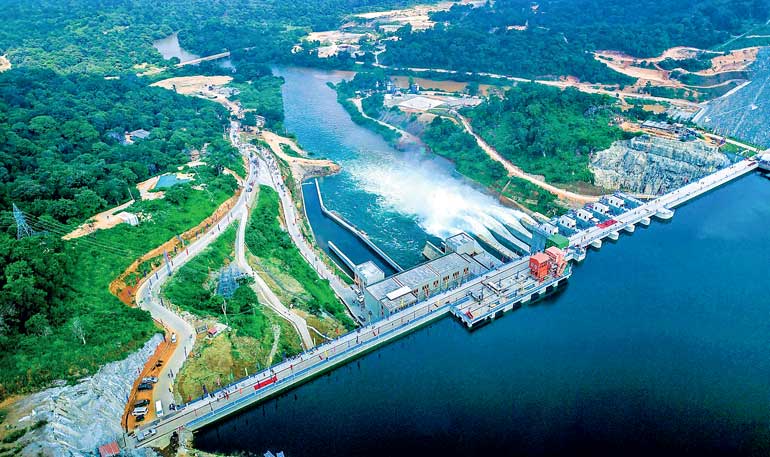
In the completion of Moragahakanda reservoir, the ‘Five Mega Reservoirs’ under Mahaweli program concluded after four decades since Mahaweli water was first diverted to Rajarata from Polgolla on January 08, 1976.
727 MCM of Ambanganga water flows into the sea at Koddiar Bay in Trincomalee annually, without using the benefit of mankind. With the completion of the Moragahakanda reservoir it is ready to capture considerable amount of unused water which flows to the sea. In addition to the irrigation of land, water from the Moragahakanda Reservoir will be used to power the 25 MW Moragahakanda Hydroelectric Power Station. Nearly 82,000 hectares of farm lands and 5,000 ha of potential lands that belong to dry zone farmer families cannot be cultivated both Yala and Maha seasons due to the inadequate availability of irrigated water. Newly constructed Moragahakanda reservoir will capture 570 MCM Mahaweli water to cater the water requirement of dry zone farmers. Water from Moragahakanda reservoir, will be primarily used to support agricultural needs in an area of more than 300,000 acres, benefiting 1.5 million families as well as it will supply clean drinking water to 3 lakh families and this effort will provide a solution for the Rajarata people suffering from kidney disease.
The annual rainfall for the area of the Moragahakanda reservoir is 818 million cubic meters and as a result of blocking that water flowing to the sea, will minimise the flooding of Manampitiya and Somawathiya areas. The benefits reap by the entire nation due to the implementation of the Moragahakanda – Kalu Ganga development project is immense and the project will provide direct economic benefits for the thousands of farmer families living in three provinces.
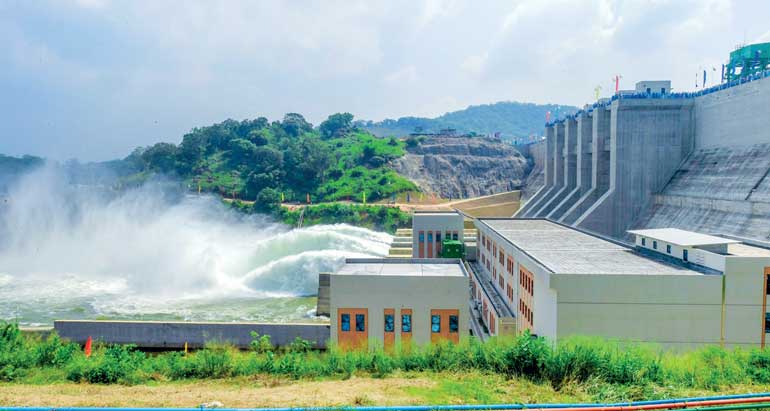
The excepted average annual inland fish production potential of the reservoir is estimated to be around 3,000 tonnes, representing a net benefit of Rs. 225 million annually.
The project has also paid special attention to minimise the impact on environment. The following activities are currently being implemented as stipulated as in Environmental Effect Assessment (EIA) Report.
nReforestation of about 1365 ha in the immediate catchment of Amban Ganga Basin
nDemarcation of 100m buffer zone around Moragahakanda reservoir and reforestation of 650ha inside this buffer zone.
nEstablishment of an elephant corridor between Giritale – Minneriya nature reserve and Wasgamuwa National park. Habitat enrichment in the above areas.
nRehabilitation of tanks in adjacent nature reserves and eradication of invasive plants.
nEstablishment of electric elephant fence around the resettlement area.
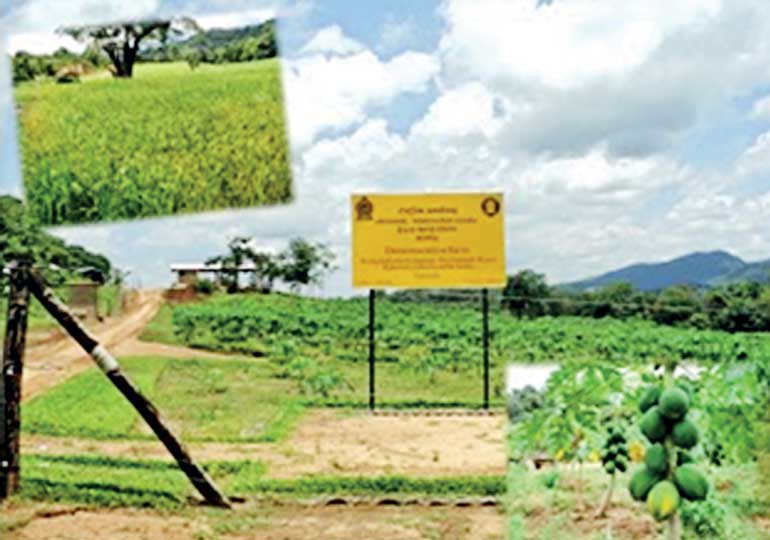
Introduction of new farming technology and capacity building of newly settled farmers are very important for successful resettlement process. In order to achieve this, project has established a 27ha. model farm at Guruwela resettlement area.
The aim of Compassionate Government; Maithri , A Stable Country to uplift the living conditions not of the magnates of capital but of toiling poor people is now becoming a reality. The Moragahakanda reservoir will provide a gamut of services for the thousands of farmer families to uplift their living conditions.
The project will make a significant transformation in the culture of farming community of the country while adding a great strengthening to the national economy.
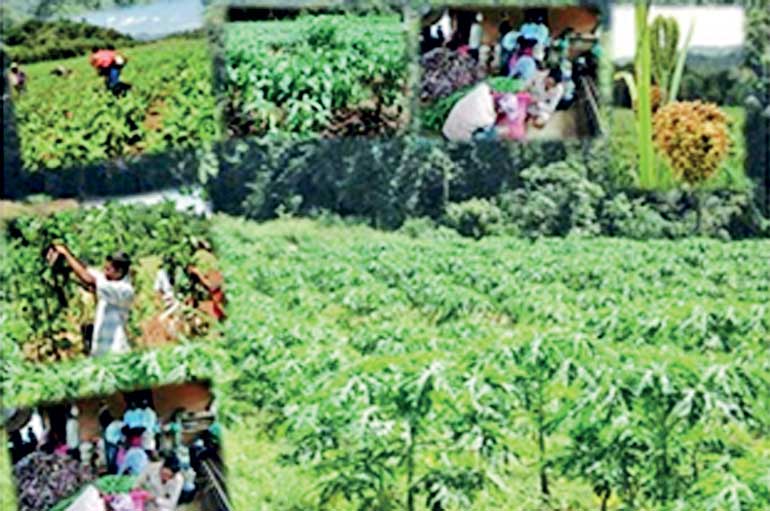
Discover Kapruka, the leading online shopping platform in Sri Lanka, where you can conveniently send Gifts and Flowers to your loved ones for any event including Valentine ’s Day. Explore a wide range of popular Shopping Categories on Kapruka, including Toys, Groceries, Electronics, Birthday Cakes, Fruits, Chocolates, Flower Bouquets, Clothing, Watches, Lingerie, Gift Sets and Jewellery. Also if you’re interested in selling with Kapruka, Partner Central by Kapruka is the best solution to start with. Moreover, through Kapruka Global Shop, you can also enjoy the convenience of purchasing products from renowned platforms like Amazon and eBay and have them delivered to Sri Lanka.
Discover Kapruka, the leading online shopping platform in Sri Lanka, where you can conveniently send Gifts and Flowers to your loved ones for any event including Valentine ’s Day. Explore a wide range of popular Shopping Categories on Kapruka, including Toys, Groceries, Electronics, Birthday Cakes, Fruits, Chocolates, Flower Bouquets, Clothing, Watches, Lingerie, Gift Sets and Jewellery. Also if you’re interested in selling with Kapruka, Partner Central by Kapruka is the best solution to start with. Moreover, through Kapruka Global Shop, you can also enjoy the convenience of purchasing products from renowned platforms like Amazon and eBay and have them delivered to Sri Lanka.